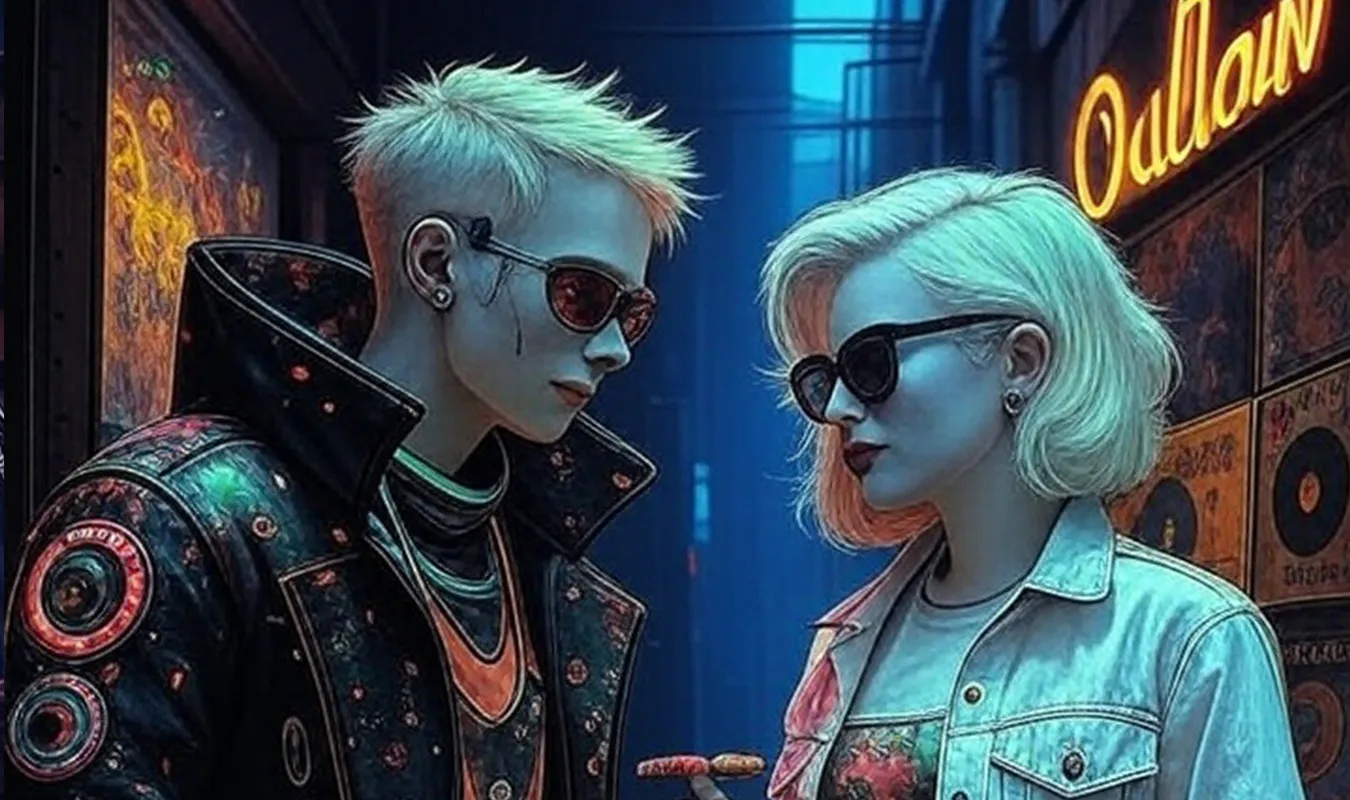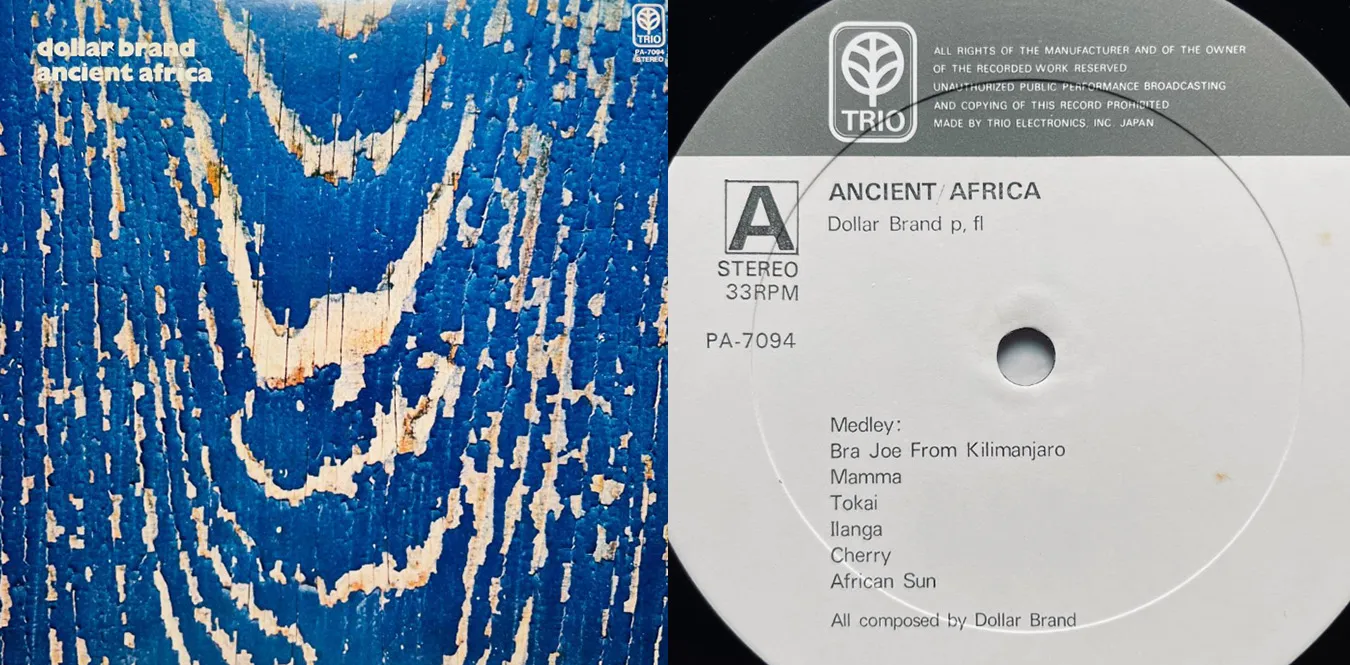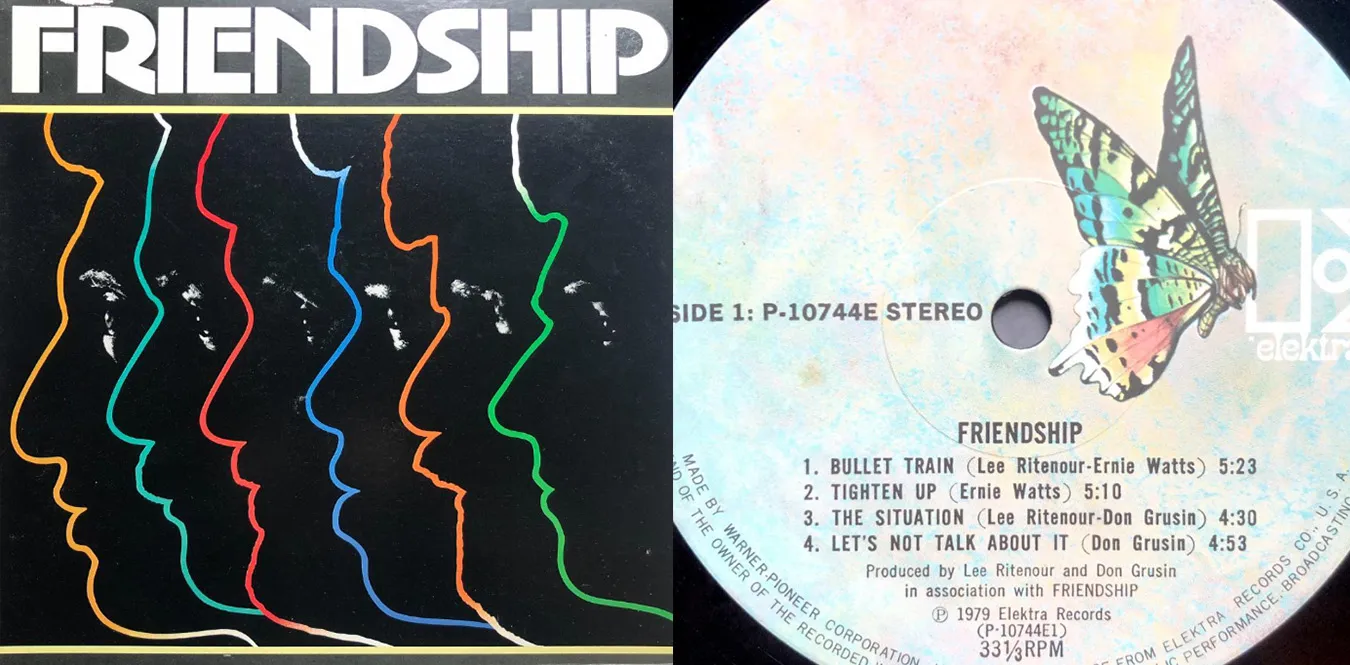![[Column] Gong legend: era, myth, sound and community](/../assets/images/column-gong.webp)
1. Introduction: Musician as Scientist
Text: mmr|Theme: Gong, the “cosmic community” built by David Allen and Gilly Smith. About the myth, sound, and inheritance from the 1960s to the present day
“We were a flying teapot sailing through the revolution.” ― Daevid Allen
table of contents
- [Chapter 1 France in the late 1960s - Revolutionary period of exaltation and chaos] (#chapter1)
- [Chapter 2 Birth and Anecdote - Anarchy Commune that Creates a Paradise] (#chapter2)
- [Chapter 3 Musical DNA - Glissando guitar and chant “Space Whisper”] (#chapter3)
- [Chapter 4 Radio Gnomes Trilogy - Myths and Albums] (#chapter4)
- [Chapter 5 Gong as a community - life, creation, fluid members] (#chapter5)
- Chapter 6 Society and Gong—the point of contact with counterculture
- Chapter 7 Transformation and Inheritance——Moellan Gong and Rebirth
- [Chapter 8 The world of Gong mythology—Characters, iconography, and worldview] (#chapter8)
- Chapter 9 Episodes & Anecdotes
- Chapter 10 Chronology and reference figures
Chapter 1 Late 1960s France - Revolutionary period of exaltation and chaos
At the end of the 1960s, Paris was a testing ground for revolution. University conflicts, street action, and the liberation of art - the enthusiasm of the “May Revolution” engulfs young people, and music, poetry, and politics become one.
Gong was born right in the middle of this. Anti-establishment, anarchy, spiritual world, commune culture. By mixing these together, Gong embodies a “community fantasy through sound.”
🎵 Recommended sources: Magick Brother (1969), Camembert Electrique (1971)
Gong’s sound was a chemical reaction between social chaos and spiritual utopian ideas.
Chapter 2 Birth and anecdote - Anarchy commune creating a paradise
In 1967, David Allen (formerly of Soft Machine) was refused re-entry to the UK and fled to France. In Paris, he met Gilli Smith, and through a series of improvisational sessions, ““Gong’’ was formed.
Many legends surround the birth of Gong, including sessions in caves and protest performances using teddy bears. Their base of activity was not just a band, but an “anarchy commune” of sound and ideology.
| Year | Anecdote/Incident |
|---|---|
| 1967 | At the height of the Paris May Revolution, Allen travels to France and exiles |
| 1968 | “Teddy Bear Incident” - Stuffed animal thrown at police |
| 1969 | Magick Brother production and first live performance |
Characters: Zero the Hero (traveler), Octave Doctor (sound scientist)
“Gong was a free ship to sail on.” - Member testimony
This “voyage” was not just a musical activity, but a live experiment.
Chapter 3 Musical DNA - Glissando guitar and chant “Space Whisper”
Gong’s sonic core is formed by two elements.
- Glissando Guitar by David Allen: As the strings slide, the sound changes like a fluid.
- Space Whisper by Gilly Smith: He murmurs in a low voice as if drifting through the space, enveloping the soundscape.
In addition, Didier Margrive”s saxophone and Pierre Moherlin”s percussion are added, creating a harmonious mix of jazz, rock, and poetic recitation.
🎧 Recommended listening: Flying Teapot, Angel”s Egg, You
Gong’s music created a world in the form of ““sound poetry” rather than ““rock + jazz.”
Chapter 4 Radio Gnomes Trilogy - Myths and Albums
A trilogy released between 1973 and 1974. “Flying Teapot,” “Angel”s Egg,” and “You.”
These are not just albums, but mythological epics of “Planet Gong”. Taking the form of a radio broadcast, Zero the Hero and Pot Head Pixies appear, and the journey through space and consciousness is depicted.
| Character | Features |
|---|---|
| Zero the Hero | A traveler who travels between Earth and the Gong planet |
| Pot Head Pixies | Spirits of Happiness and Chaos |
| Octave Doctor | Scientist who manipulates sound and order |
“I am your radio gnome, direct from the planet Gong…”
Gong established the concept of ““narrative sound’’ in music.
Chapter 5 Gong as a community - life, creation, fluid members
A communal lifestyle based in a lodge in the south of France. There, recording, improvisation, philosophical dialogue, vegetarianism, raising children, and writing poetry were all continuous.
Members came and went rapidly, and the sound structure was as fluid as its structure. Despite this, Gong’s “spirit” remained. This is because they were not “fixed members” but existed as a shared vision.
Gong was the ideal form of ““a life of music” and ““playing as if you were living it.”
Chapter 6 Society and Gong——Intersection with counterculture
Gong was about more than music. Europe’s hippie movement, dropout culture, commune ideology, anti-nuclear demonstrations, and environmental movements. Closely linked to these, their sounds resonated as the music of “another society.”
“Music was not a weapon, but a device to expand mental freedom.”
Gong was a symbol of countercultural practice that did not separate society and art.
Chapter 7 Transformation and inheritance——Moellan-Gong and rebirth
After 1976, David Allen left. Pierre Moerlan took over, and the jazz fusion-oriented Pierre Moerlan’s Gong was born.
This innovation, which brought percussion and marimba to the fore, formed an important trend in European progressive rock in the late 1970s.
After that, derivatives such as “Gong Maison” and “Acid Mothers Gong” were born. Even after Allen passed away in 2015, Gong continues to live on as a “regenerating collective consciousness.”
🎼 Representative works: Expresso II, Downwind, Rejoice! I”m Dead!
Chapter 8 The world of Gong mythology—Characters, iconography, and worldview
Gong is a comprehensive art that integrates music, mythology, and art. Centering around the Radio Gnome trilogy, characters, planets, languages, broadcast stations, etc. are intricately intertwined.
Below is a diagram showing its symbolic structure:
Gong’s universe is a co-created myth, of which the listener becomes a part.
Chapter 9 Episodes & Anecdotes
-
1968: Confronts police with teddy bear
-
“Birth of sound” in a cave session
-
1970: Legendary live show hosted by Frank Zappa at BYG Festival
-
Use “Gnome language” for communication between members
-
“Zero”s Holy Grail” ritual created by fans (at a UK festival)
Gong moved between reality and myth, and the anecdotes themselves were part of the art.
Chapter 10 Chronology and reference figures
| Year | Main events |
|---|---|
| 1967 | Formed in Paris. Allen Exile |
| 1969 | Magick Brother production and first live performance |
| 1971 | Camembert Electrique Announcement |
| 1973–74 | Radio Gnome Trilogy completed |
| 1976 | Pierre Moerlan”s Gong period begins |
| 1990–2015 | Allen return, reorganization live |
| 2016– | Rejoice! I’m Dead! Announced and ongoing activities |
Main discography
| Year | Title | Genre/Notes | Link |
|---|---|---|---|
| 1969 | Magick Brother | Early = psychedelic/jazz/rock fusion | Amazon |
| 1973 | Flying Teapot | “Radio Gnome Trilogy” 1st | Amazon |
| 1973 | Angel”s Egg | 2nd part of the trilogy | Amazon |
| 1974 | You | Third trilogy | Amazon |
| 2009 | 2032 | Revival/Mythology Review Edition | Amazon |
| 2016 | Rejoice! I’m Dead! | New chapter after the death of the founder | Amazon |
| 2019 | The Universe Also Collapses | One of the latest studio releases | Amazon |
| 2022 | Pulsing Signals | Live version (2019 recording) | Amazon |
What was Gong?
Rather than a “music group,” it was another way of being in the world. And even now, at some frequency within us, Their “radio gnome” continues to broadcast quietly.

![[Column] What is Ethio-Jazz (Ethiopian Jazz)? A trajectory of innovation etched in the history of African music](/../assets/images/column-ethio-jazz.webp)
![[Column] Ahmad Jamal — Piano Trio Innovator](/../assets/images/column-ahmad-jamal.webp)
![[Column] Toots and the Maytals — The soul of reggae etched by live performances](/../assets/images/column-toots-and-the-maytals-live-history.webp)
![[Column] Marvin Gaye: Between Love and Pain - Salvation and Destruction as Seen by the God of Souls](/../assets/images/column-marvin-gaye.webp)
![[Column] Teo Macero and Miles Davis —— The moment when editing surpasses creativity](/../assets/images/column-macero-miles.webp)

![[Column] Interaction history of music culture and](/../assets/images/column-outlaw.webp)



 Taylor – Hit Songs.webp)